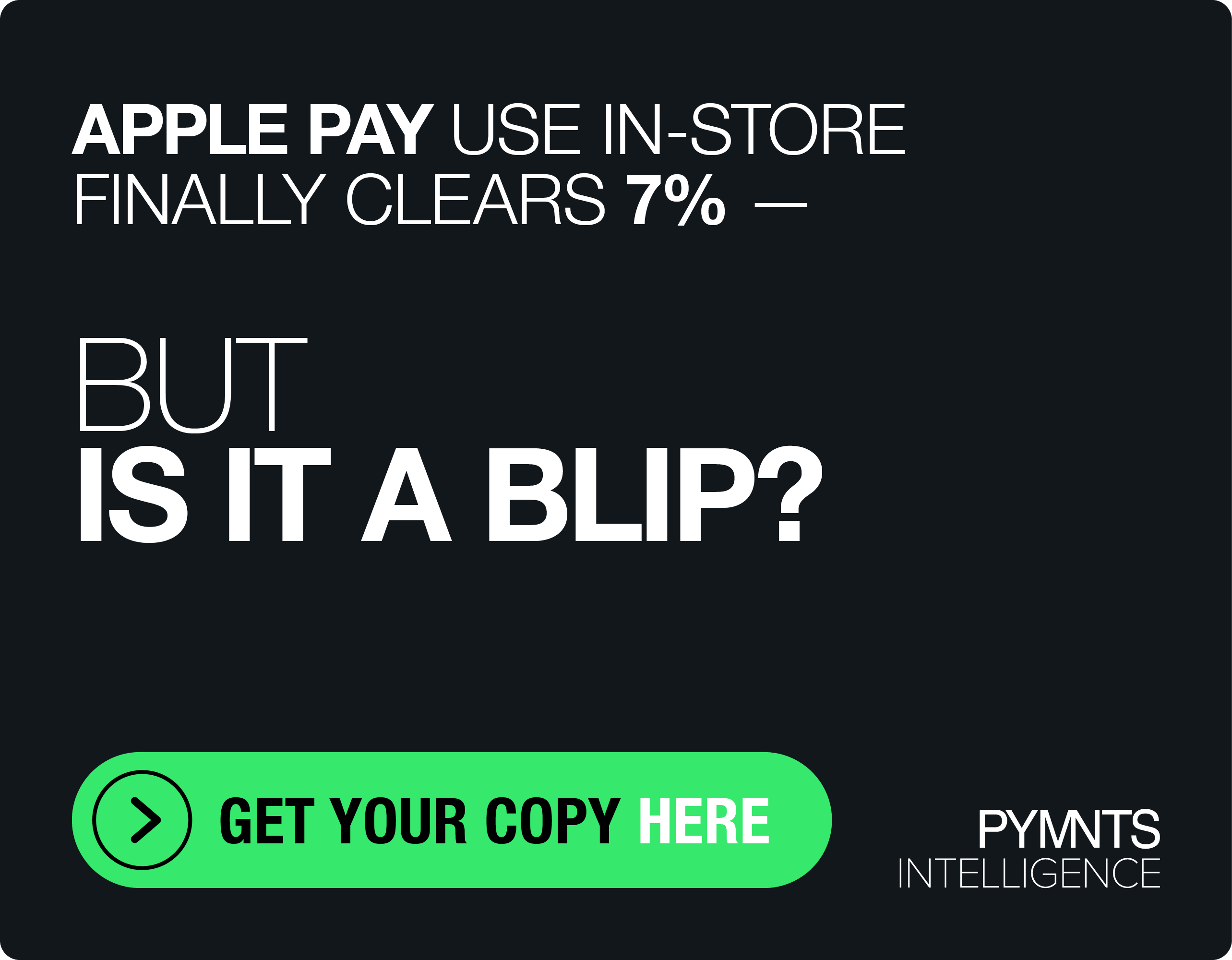21% of SMBs Are ‘Extremely Interested’ in Real-Time Payments Settlement

Immediate access to funds is top of mind for many businesses. These businesses want to use faster payments to post disbursements immediately and automatically and allow for quicker access to funds. Businesses rely on accelerated cash flows to make payroll, vendor payments and more.
To keep up with the increasingly digital needs of both business-to-business (B2B) and direct-to-consumer (D2C) customers during the pandemic, businesses have adopted a variety of payment methods.
Now, 21% of small and medium-sized businesses (SMBs) are “extremely interested” in real-time payments settlement, according to the Disbursements Tracker, a PYMNTS and Ingo Money collaboration. Another 27% of SMBs are “very interested,” 19% are “somewhat interested” and 16% are “slightly interested.”
Only 9% of SMBs are “not at all interested” and even fewer, 8%, already have access to immediate settlement, the study found.
Get the report: Disbursements Tracker
“The reasons for this focus on faster payments are numerous,” Ingo Money CEO Drew Edwards told PYMNTS. “From cash crunches brought on by the pandemic to their customers’ growing preference for digital experiences, businesses realize they have to offer this capability to retain and expand market share.”
Seeking Faster Payments Capabilities
Companies are turning to their financial institutions (FIs) to enable faster payment options. About three-quarters of medium- and large-sized businesses said they would factor faster payments capabilities into their decision to maintain or alter their banking relationships in the future, indicating just how crucial it is to offer these capabilities.
FIs with customer bases that consist largely of corporate clients may need to incorporate instant payments with a greater sense of urgency. Those that fail to adapt to customers’ ever-evolving needs risk losing clients to more tech-savvy competitors.
This task is simpler for large banks and FinTechs than for some smaller FIs with more limited investment funds and resources, but at the same time it creates an opportunity for smaller banks, as they can use instant payments to keep up with their more robust financial competitors.
“The near-universal embrace of instant, digital payments by consumers and a growing emphasis on this capability by businesses are creating an opening for a wide range of smaller financial institutions, nonbanks and others to engage on turf that was traditionally reserved for the big banks,” Edwards said.
Implementing the Latest Technologies
Some smaller and community banks may not have the capital that larger banks and emerging FinTechs have at their disposal, but they can still work strategically to implement the latest technologies that customers demand. New types of financial providers can now meet this need.
“The common denominator in this trend is how small community banks, challenger banks and even nonbanks are activating instant, digital payments,” Edwards said. “Rather than investing in a long, slow build, they are partnering with innovative FinTechs to quickly flip the switch on these services.”
Businesses need faster payments because their customers expect them, and banks that cannot provide instant payment services risk losing corporate clients to larger players. Faster payments implementation can be a catalyst for change and may help FIs remain competitive in a saturated market.
